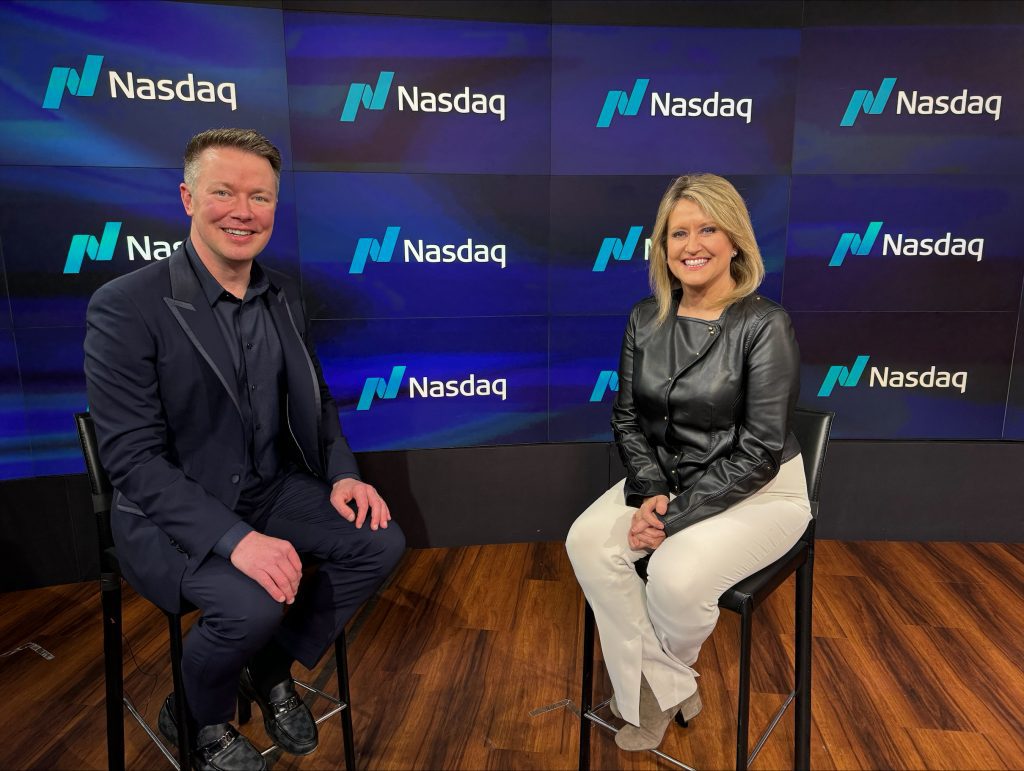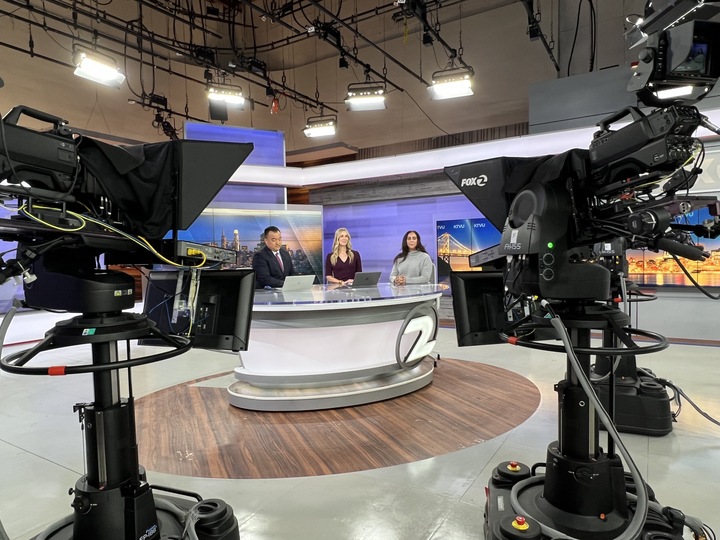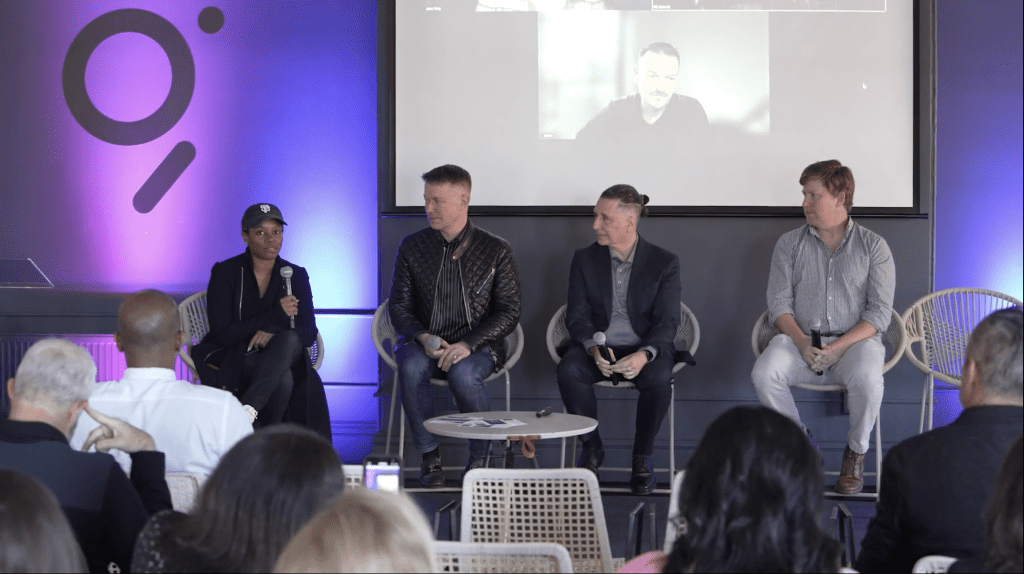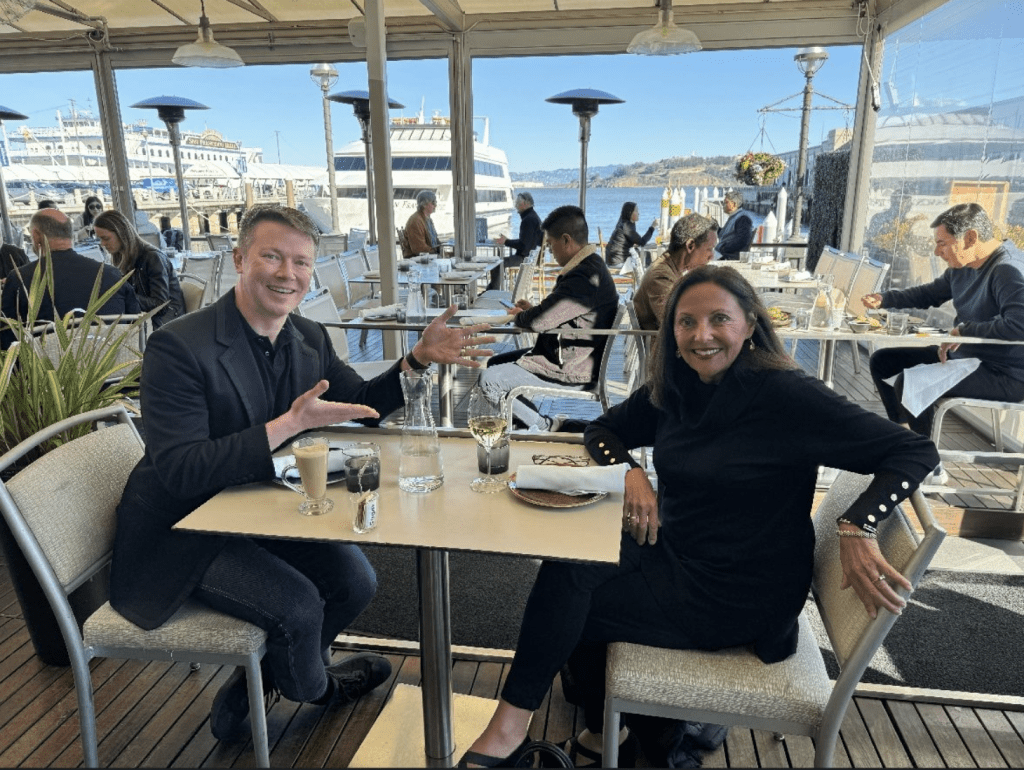In an era in which streaming is king, local news should not be forgotten.
Watching the local news on television has always been a constant in my home, whether it was waiting to see if school was closed for a snow day with my little brother, or watching the governor speak every morning during COVID with my parents.
Fast forward to today. I am now part of the Bospar team of PR professionals, but I still watch the same local station with the same reporters I have seen on my screen since I was young.
Meanwhile, day in and day out, I see clients looking to get top-tier wins with media outlets like The New York Times, Fast Company or The Wall Street Journal that everyone in the PR world seeks.
A feature in these publications, or on Good Morning America or TODAY, are fantastic. But tens of millions of people – including me – regularly tune into local TV stations and pay attention.
TV broadcast has been there for us – through the good and the bad – when we needed it
One of the primary functions of local broadcast is to spread important news to the community in an efficient and timely manner. Whether it is breaking news, traffic reports or weather updates, local stations are consistently relied on during emergencies. In times of crisis, such as a natural disaster, the public depends upon local broadcasters for real-time updates and instructions. For example, during Hurricane Sandy, my family and I highly depended on our local stations to relay information on evacuation and storm status through FEMA’s Emergency Alert System, highlighting the critical role these stations play in ensuring public safety and well-being.
Being from Staten Island, N.Y., thinking about the attacks on Sept. 11, 2001, still pull at my heartstrings. Although technology was so different more than 20 years ago, local stations still had a crucial role in connecting the country to how their immediate surroundings may have been affected by the attacks. Back then, there were no smartphones or websites providing news alerts – all people knew was that our country was under attack.
By the end of the night, WIRED reported, Nielsen estimated at least 80 million Americans tuned in to their evening news, while an evaluation conducted by the University of Georgia suggested that roughly two billion individuals worldwide either witnessed the attacks unfold in real time or via news coverage. The week following the attacks, Pew Research Center conducted a survey, reporting that 89% of surveyed Americans gave the media a positive rating for their reporting on the attacks, with 90% received news about the attacks from the television.
Local broadcast is an important medium – and a valuable PR tool – even today
Of course, broadcast is valuable whether or not the community is in crisis. Local television is a powerful way to reach an engaged and targeted audience. In fact, even though we are in a mostly digital age, television still is a common way Americans get their news. Furthermore, studies have shown that 89% of Americans agree that local news effectively keeps them in the loop on the happenings in their community, informing them on what they need to know.
When the Bospar public relations team came across the news that Amazon’s Ring would be discontinuing its “Request for Assistance” tool, which allowed law enforcement to submit requests for users’ footage in their communities through a publicly accessible post in its Neighbors app, our crack team of PR professionals saw this as the perfect opportunity to newsjack the story by inserting a surveillance client of ours into the conversation.
Keeping our client’s key message of safety and security top of mind, we understood that people across the country would want and need to be aware of this news and the implications it may have on their local communities. The announcement would greatly impact the time that it would take to solve crimes, which local communities need to be aware of for their public safety.
The Bospar team then gathered insights from our spokesperson, who is an expert in all things technology and surveillance. The PR pitch laddered back to burglaries being the most worrisome property crime for Americans, how video surveillance can help deter criminal activity, as well as a direct quote on the announcement.
Along came a local media blitz, with reporters from Michigan, Mississippi, Nevada and Pennsylvania all interested in talking to our spokesperson about the news and what their viewers need to know, all while tying back to the industry expertise of our client. We earned more than 1.8 million media impressions, getting our client’s business out into the public eye.

PR + local broadcast gets the community talking and taking action
Additionally, local broadcast fosters a sense of community by spotlighting local stories and events. In an increasingly globalized world, maintaining a sense of local identity is essential for preserving the unique characteristics and traditions that define a community. In featuring neighborhood happenings, local politics and social issues, these stations help residents feel connected to their surroundings and each other, as well as encouraging them to have a voice when it comes to social issues. In spotlighting said events on the air, PR practitioners can foster dialog among people in the local community – getting people talking and moving them to act.
The Bospar team kept the heart of the local community in mind for our work with a public safety tech client, which introduced its technology in a Massachusetts suburb. Instead of opting for a national approach, our strategy focused on targeting local broadcast stations that cover public safety and technology news, perfect for ensuring that our vital information reaches as many people as possible, helping to keep the community safe and informed. The team continuously employed our PR tools to find the perfect reporters for the perfect story.
We got immediate interest from three local media conglomerates, which wanted to share the story in roundups of the most important news. The story was both timely and prominent to the community, providing information that they need to know on the public safety of their city.
The segments were widely syndicated, resulting in our client saying we hit a home run.
Who said being politely pushy – Bospar’s trademarked approach – isn’t a good thing?




